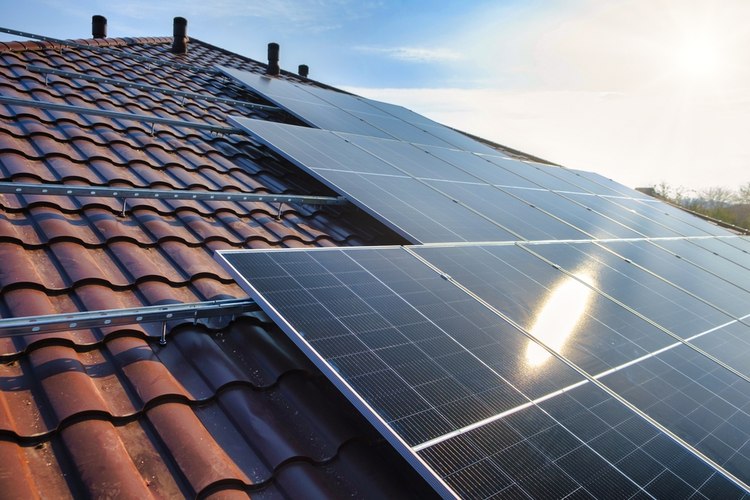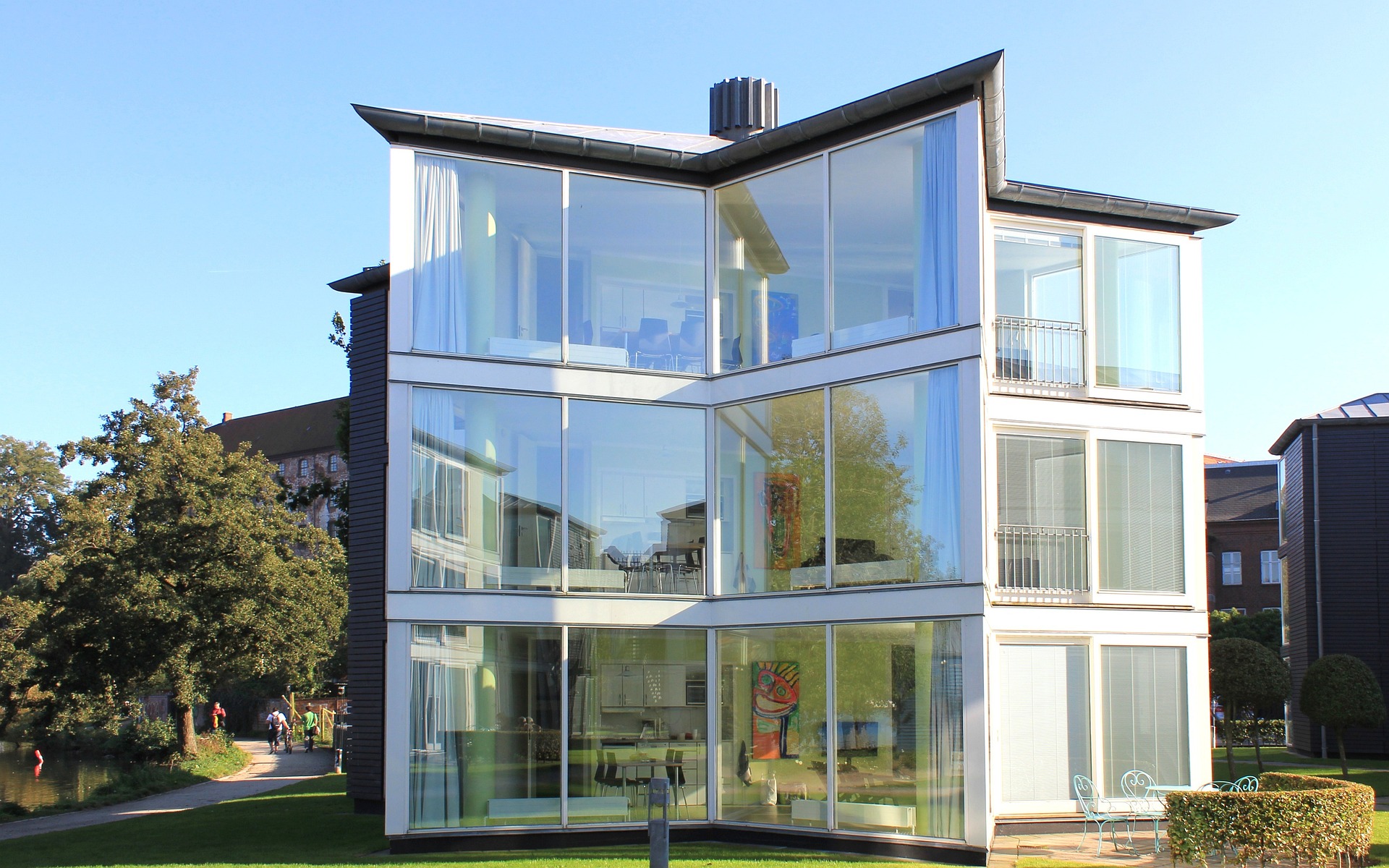Harness Clean Energy with Modern Solar Systems & Panels
Switching to solar energy is no longer just a trend—it’s a practical investment in a cleaner, more cost-efficient future. Modern solar systems and panels help homeowners reduce their electricity bills, increase property value, and lower their carbon footprint. Whether you’re looking to power your entire home or offset rising energy costs, solar technology offers scalable solutions for different needs and budgets. In this article, you’ll learn how solar panels work, what to consider before installation, and how to find trusted providers near you.

How do solar panels reduce energy costs?
Solar panels convert sunlight into electricity, allowing homeowners to generate their own power and reduce reliance on the grid. This translates to significant savings on monthly energy bills. The amount saved depends on factors such as your home’s energy consumption, the size of your solar system, and local electricity rates. Over time, these savings can offset the initial installation costs, making solar an attractive long-term investment.
What are the key benefits of home solar systems?
Home solar systems offer numerous advantages beyond cost savings. They increase property value, as homes with solar installations often sell for a premium. Solar energy is clean and renewable, reducing your carbon footprint and dependence on fossil fuels. Additionally, many solar systems come with warranties and require minimal maintenance, providing peace of mind for homeowners. With advancements in battery technology, solar systems can also offer energy independence during power outages.
What are essential solar panel installation tips?
Proper installation is crucial for maximizing the efficiency and lifespan of your solar system. Start by assessing your roof’s condition and orientation—south-facing roofs in the Northern Hemisphere typically receive the most sunlight. Ensure your roof can support the weight of the panels and is in good condition to avoid future repairs. Consider factors like shading from trees or nearby structures that could impact panel performance. It’s also important to check local zoning laws and obtain necessary permits before installation.
How to choose the right solar provider?
Selecting a reputable solar provider is key to a successful installation. Look for companies with extensive experience, positive customer reviews, and proper certifications. Ask for detailed quotes and compare warranties offered by different providers. A good solar company should conduct a thorough site assessment and provide a customized system design tailored to your energy needs. Don’t hesitate to ask for references and examples of their previous installations in your area.
What solar incentives and rebates are available?
To encourage the adoption of solar energy, various incentives and rebates are available at federal, state, and local levels. The federal solar Investment Tax Credit (ITC) allows homeowners to deduct a percentage of their solar installation costs from their federal taxes. Many states offer additional tax credits, rebates, or performance-based incentives. Some utility companies provide net metering programs, allowing homeowners to sell excess electricity back to the grid. Research available incentives in your area to maximize your savings.
What are the real costs of installing a home solar system?
The cost of installing a home solar system can vary significantly based on factors such as system size, equipment quality, and local labor rates. On average, residential solar installations in the United States range from $15,000 to $25,000 before incentives. However, prices have been steadily decreasing over the years due to technological advancements and increased competition in the market.
To give you a better idea of what to expect, here’s a comparison of some popular solar providers and their offerings:
| Provider | System Size Range | Average Cost (Before Incentives) | Key Features |
|---|---|---|---|
| SunPower | 3 kW - 15 kW | $18,000 - $60,000 | High-efficiency panels, 25-year warranty |
| Tesla | 4.8 kW - 9.6 kW | $11,840 - $22,200 | Sleek design, integrated Powerwall option |
| Sunrun | Customized | $15,000 - $29,000 | Flexible financing options, battery storage |
| Vivint Solar | 3 kW - 8 kW | $10,000 - $30,000 | Professional installation, monitoring app |
Prices, rates, or cost estimates mentioned in this article are based on the latest available information but may change over time. Independent research is advised before making financial decisions.
Solar systems and panels have become increasingly accessible and efficient, offering a sustainable solution for homeowners looking to reduce their energy costs and environmental impact. While the initial investment may seem substantial, the long-term benefits of solar energy—including reduced electricity bills, increased property value, and a smaller carbon footprint—make it an attractive option for many. By carefully considering factors such as installation requirements, choosing the right provider, and taking advantage of available incentives, homeowners can successfully harness the power of the sun and contribute to a cleaner, more sustainable future.




